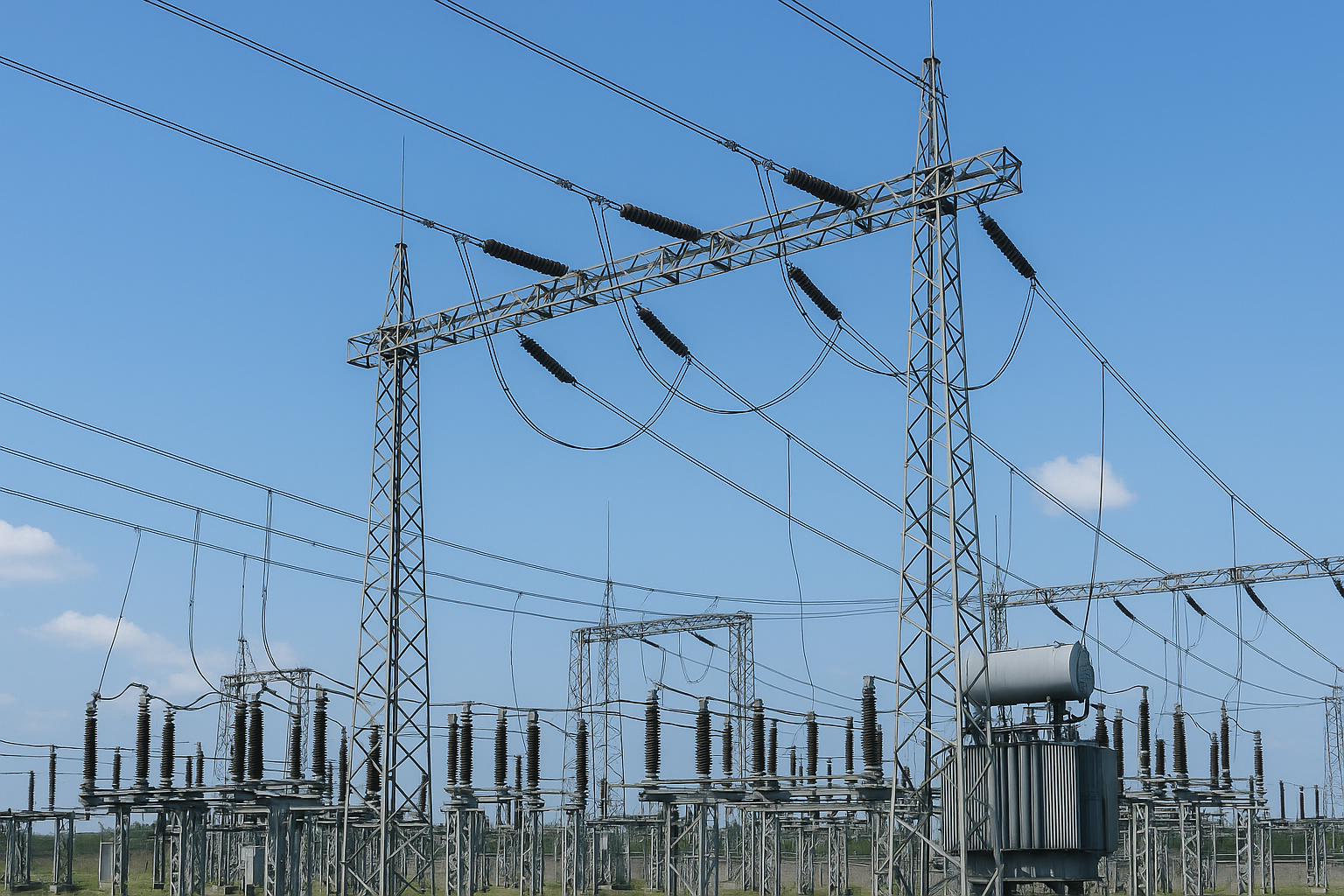
In today’s fast-paced world, uninterrupted electrical power is essential for businesses, industries, and communities to thrive. At the heart of the electricity delivery system lies the power substation — a critical component that ensures electricity is efficiently transmitted and distributed. Whether you’re a business owner, stakeholder, or energy enthusiast, understanding how power substations work can help you appreciate their role in maintaining a stable power supply.
A power substation is an electrical facility that transforms voltage from high to low or vice versa, depending on the needs of the power grid. Substations serve as the crucial junction points between power generation plants and end-users, enabling the safe and efficient flow of electricity.
For businesses, especially those relying on heavy machinery and continuous operations, power reliability is non-negotiable. Substations:
At Garcap Power Solutions, we specialize in the construction, operation, and maintenance of power substations that support reliable electricity for industries across the Philippines. Our engineering team ensures every project meets the highest safety and quality standards, helping businesses maintain uninterrupted operations.
Power substations are the backbone of the electrical grid, playing a vital role in transforming and distributing electricity safely and efficiently. For businesses and stakeholders, understanding these systems can lead to better decisions regarding energy management and infrastructure investments.
If you want to learn more about power substations or need expert engineering support, contact us today to ensure your power systems are built for reliability and success.